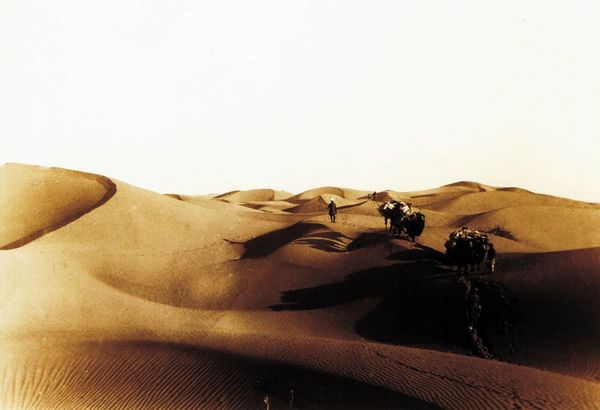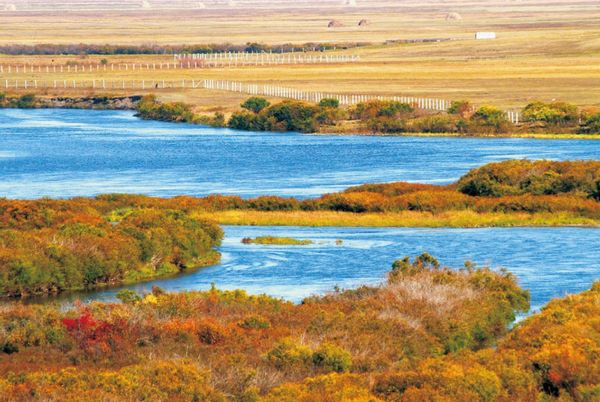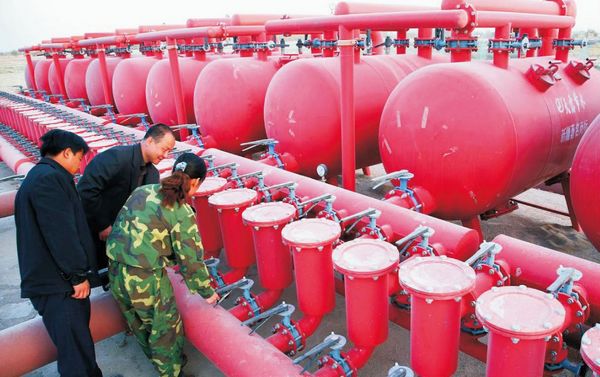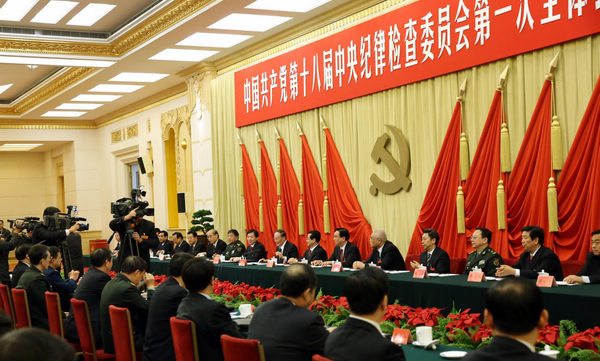Online photo exhibition of China in Development (1911-2011)
(CPC Encyclopedia)
Updated: 2011-09-16 16:52
Part Eight: Irrigationall work on the largest scale in Mogolia and Xinjiang
Inner Mongolia Autonomous Region and Xinjiang Uygur Autonomous Region are located in China's arid northern and western areas, where water resources are scarce. As a result, China devoted major efforts to developing projects in drip irrigation, water-saving irrigation and high-tech water conservancy. In addition, China strengthened soil and water development while stepping up efforts in construction of anti-seepage ditches.
By 2010, the area covered by water-saving irrigation projects in Xinjiang had reached 40 million mu (or Chinese acres), accounting for more than 55 percent of the total irrigation area. Of those, the areas with advanced water-saving irrigation had reached 15 million mu.
In Inner Mongolia Autonomous Region, the areas with water-saving irrigation rose from 44.8 percent in 2005 to 61.6 percent in 2010. With the development of a water-saving society, the total area with water-saving irrigation in the region is expected to reach 45 million mu during the 12th Five-Year-Plan period (2011-2015).
People crossing sand dunes in the south of the Taklamakan Desert in 1907. [Photo/All-China Federation of Returned Overseas Chinese and China Intercontinental Press]
Hulunbuir Grassland. [Photo/All-China Federation of Returned Overseas Chinese and China Intercontinental Press]
Facilities for water-saving irrigation in Mingguang village, Naomao Lake township, Yiwu county of Xinjiang. [Photo/All-China Federation of Returned Overseas Chinese and China Intercontinental Press]

Top News
Xi emphasizes adherence to CPC Congress spirit
Top legislator urges implementation of congress spirit
Moderately prosperous China brings chances to world
Video










